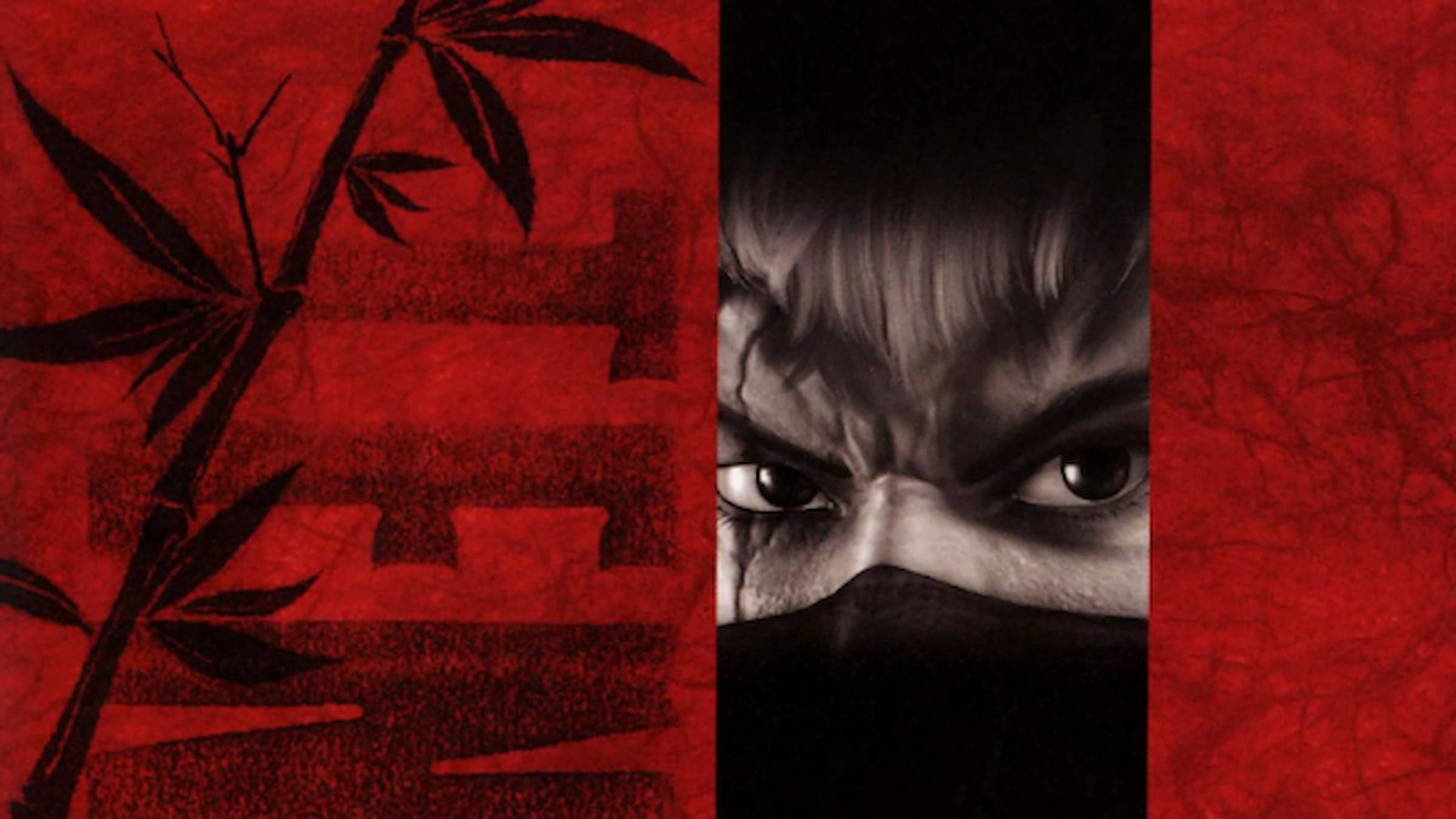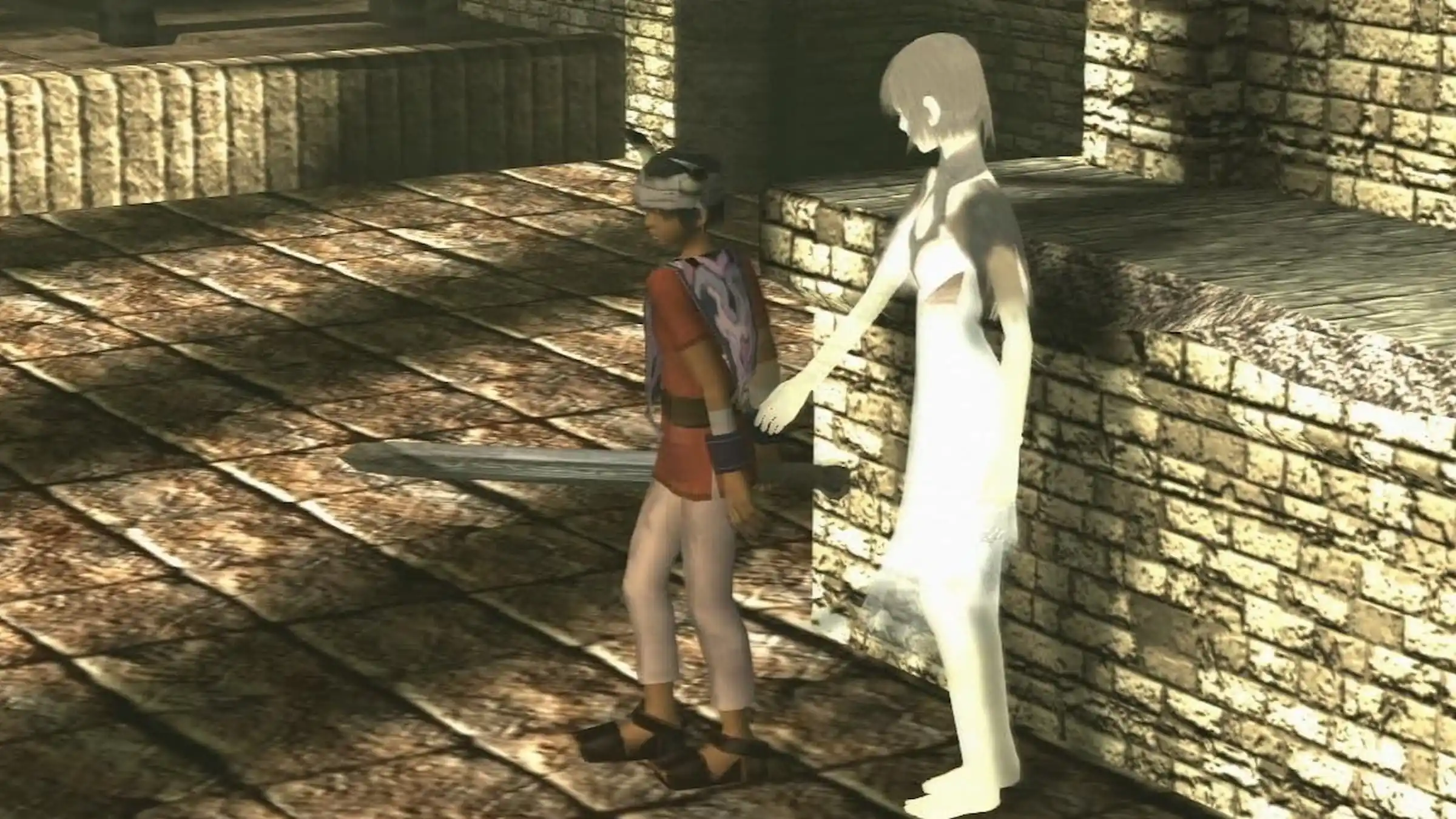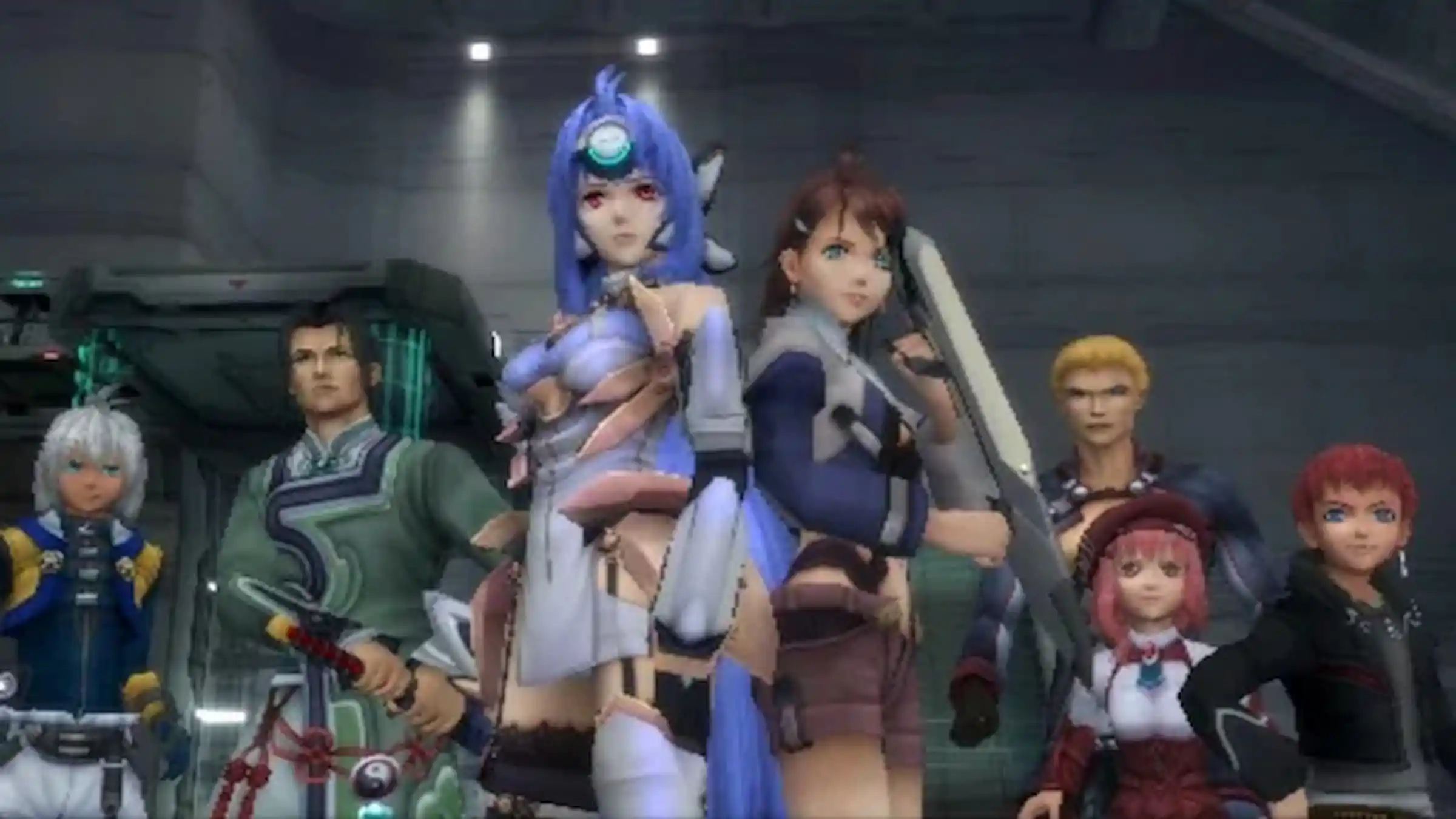
The early 2000s are often remembered as a fantastic time for gaming, largely thanks to the PlayStation 2. Games felt complete and full of discovery, without the constant need for updates or sequels that are common today. The PS2 became incredibly popular and a major player in the console market. However, it’s been over twenty years, and most gamers have since moved on to newer consoles like the Xbox Series X/S, PlayStation 5, and Nintendo Switch.
It’s easy to forget amazing games as newer, more visually impressive titles with online play come out. But these older games were really important and defined a generation. Let’s remember five PlayStation 2 games from the early 2000s that you may have loved and haven’t thought about in years.
5) Tenchu: Wrath of Heaven
Before games like Assassin’s Creed and Metal Gear Solid popularized stealth, there was Tenchu: Wrath of Heaven. Released in 2003, Tenchu truly felt like a ninja simulator. It emphasized remaining hidden, moving quietly, and striking at the perfect moment. Instead of fighting your way through levels, you had to study enemy movements and carefully avoid being seen. Each mission required patience and accuracy.
As Rikimaru or Ayame, you moved silently across rooftops and through shadows, eliminating enemies with a single, graceful strike. Successfully completing a stealthy takedown felt incredibly satisfying. What set Tenchu apart from other games of its era was its focus on remaining unseen – it truly rewarded stealth and offered a unique, demanding experience.
What truly set Tenchu: Wrath of Heaven apart was its incredible atmosphere. The beautiful yet unsettling music, shadowy temples bathed in moonlight, and the quiet tension before attacking created a uniquely memorable experience. It wasn’t just about fast-paced action; it was about being in complete control, a silent and deadly presence. Many modern stealth games were heavily influenced by Tenchu, and it’s a shame this fantastic game hasn’t received the praise it deserves.
4) Red Faction

I still remember being blown away by the original Red Faction – way before other games started showing off destructible environments, this game was doing it! It came out in 2001, and honestly, Battlefield and others clearly took some inspiration from it. The Geo-Mod engine was revolutionary; you could actually change the whole level by blasting through walls, collapsing structures, and even digging tunnels. It felt amazing to reshape the battlefield and create your own paths through the Martian landscape!
When most shooting games at the time forced you down a single path, Red Faction stood out by letting players create their own routes. The ability to blow holes through walls and doors with a rocket launcher was a completely new idea. Add in a realistic, rough-and-tumble setting – a workers’ revolt on Mars controlled by a powerful corporation – and you get a game that brilliantly mixed science fiction, a spirit of rebellion, and a fresh approach to gameplay.
Man, playing the campaign back then felt like watching a movie – it was seriously ahead of its time. The multiplayer wasn’t as slick as Halo 2, but it had this raw energy. Those split-screen deathmatches were insane! The maps were completely destructible, and things would get wild – you’d be laughing with your friends one minute and trash-talking the next. It definitely spawned some awesome sequels, especially Red Faction: Guerrilla, and it really changed things up in the FPS world. Honestly, even if I haven’t played it in ages, I instantly remember it for one thing: you could just destroy everything. It was glorious.
3) Ico

Though it didn’t receive the same widespread praise as Shadow of the Colossus, Ico, released in 2001, was a truly unique game for the PlayStation 2. It didn’t focus on typical gaming elements like scores, action, or fighting. Instead, it created a powerful experience through its mood, feelings, and the quiet connection between its characters. Ico’s strength wasn’t in its story, but in what it left unsaid. The game stripped away common features like on-screen displays, waypoints, and tutorials, leaving players with just two characters, a decaying castle, and a relationship that developed without words. It was a simple, sad, and surprisingly relatable game.
You control a young, horned boy who escapes from a strange castle and teams up with a delicate girl named Yorda. Together, you’ll solve puzzles and explore a stunning but intimidating world filled with shadows and huge buildings. The game stayed with players long after they finished it, making them think about what the story really meant.
Looking back, Ico was remarkably innovative for its time. You can see its influence in beautifully designed modern games like Journey, Inside, and The Last Guardian, which was created as a follow-up. Ico showed that games could be artistic and moving, using visuals and mood to tell a story instead of relying on lots of dialogue or cutscenes. While it’s not widely remembered now, those who played it still think of it with great fondness.
2) Xenosaga

If you enjoyed story-rich RPGs like Final Fantasy X or Mass Effect, you might remember Xenosaga. This ambitious sci-fi game was originally inspired by Xenogear, developed by Monolith Soft, and shares a similar spirit with the Xenoblade Chronicles series. Xenosaga was a vast and thought-provoking story that blended giant robots, religious themes, fantasy elements, and deeply human emotions into a truly memorable experience.
As a fan, I always loved how this series really made you think. It wasn’t just about action; it delved into what it means to be human, especially with all this advanced tech around, and even touched on questions of faith and what we’re all afraid of. You played as Shion Uzuki, a scientist caught up in a huge galactic mess with robots and strange aliens. It was definitely a complex game – not always easy to follow, but so rewarding. The story was told through really long cutscenes, which some people complained about, but I thought they were amazing for building up the characters and the world. And the way the battles played out – a mix of careful planning and cool, over-the-top action – honestly reminds me a lot of how Clair Obscur: Expedition 33 feels now.
Although Xenosaga didn’t achieve mainstream popularity, its impact is still felt today. Many of its core ideas influenced Xenoblade Chronicles, which has gained a dedicated fanbase among RPG players who appreciate complex stories and ambitious design. Xenosaga really highlighted the creative skills of Monolith Soft and helped establish them as a studio. Now, they’re one of Nintendo’s most prominent developers.
1) Dark Cloud

For a true sense of wonder and creative freedom on the PlayStation 2, look no further than Dark Cloud. Released in 2000 by Level-5, this game brilliantly combined exploring dungeons, building a town, and a captivating story. Many players compared it to a mix of Zelda and SimCity, and that description still holds up today. While Dark Cloud 2 improved on the formula, it was the first game that created the original magic.
In the game, you take on the role of Toan, a young hero with the important job of restoring the world after a powerful genie destroyed it. Exploring each dungeon wasn’t just about fighting enemies – it was about bringing the world back to life. As you found treasure and defeated monsters, you collected pieces that you could use to physically rebuild towns, homes, and even people.
Seeing a desolate world bloom back to life was incredibly satisfying in Dark Cloud, making it a truly rewarding experience. Combined with its weapon customization, lovable characters, and surprisingly touching story, it’s easy to understand why players still remember it so fondly. In a lot of ways, Dark Cloud foreshadowed the creative RPGs we enjoy now, like Dragon Quest Builders and Ni no Kuni. It’s a PS2 classic that really deserves a remake.
What do you think? Leave a comment below and join the conversation now in the ComicBook Forum!
Read More
- Ashes of Creation Rogue Guide for Beginners
- ARC Raiders – All NEW Quest Locations & How to Complete Them in Cold Snap
- Best Controller Settings for ARC Raiders
- Ashes of Creation Mage Guide for Beginners
- Where Winds Meet: How To Defeat Shadow Puppeteer (Boss Guide)
- Where Winds Meet: Best Weapon Combinations
- Fishing Guide in Where Winds Meet
- Eldegarde, formerly Legacy: Steel & Sorcery, launches January 21, 2026
- Hazbin Hotel season 3 release date speculation and latest news
- Netflix’s One Piece Season 2 Will Likely Follow the First Season’s Most Controversial Plot
2025-11-09 17:12